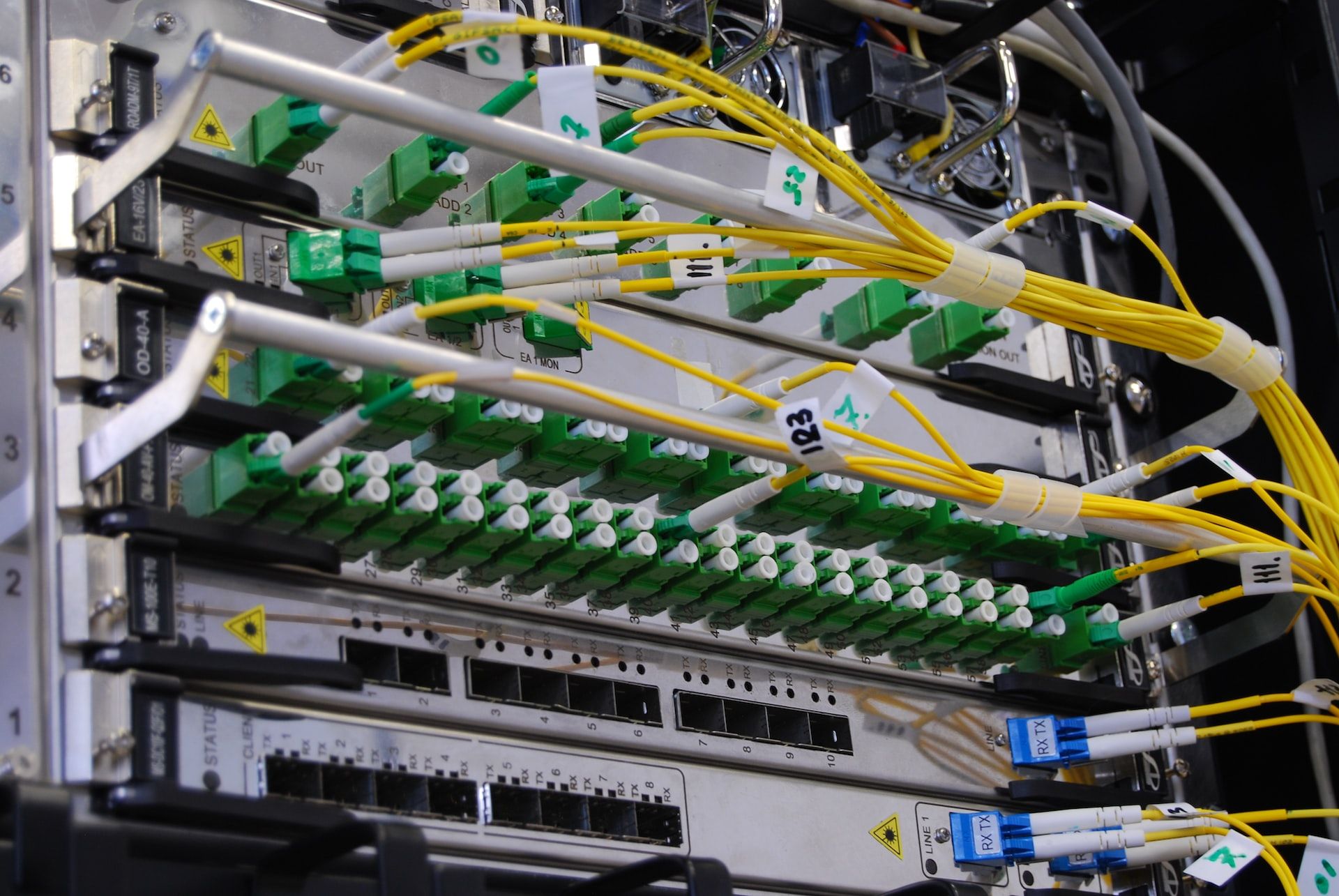High Availability Definition: Ensuring System Uptime

High availability is a term used to describe the ability of a system or application to remain operational and accessible to users, even in the face of hardware or software failures. In other words, it is a measure of how reliable and resilient a system is to disruptions.
The need for high availability has become increasingly important in the digital age, as businesses rely heavily on technology to conduct their operations. Downtime, or the inability to access critical systems or data, can be costly and even catastrophic in some cases. It can lead to lost revenue, decreased productivity, and damage to a company's reputation.
To ensure high availability, IT teams implement a variety of strategies and technologies. These include redundancy, failover, and load balancing, among others. Redundancy involves the use of backup systems or components that can take over in the event of a failure. Failover is the process of automatically switching to a backup system when the primary system fails. Load balancing helps distribute traffic across multiple servers, so that no single server is overwhelmed.
In addition to these strategies, high availability also requires careful planning and monitoring. IT teams need to identify potential points of failure, such as hardware or software vulnerabilities, and take steps to mitigate them. They also need to monitor systems for signs of trouble and be prepared to quickly respond to any issues that arise.
Overall, high availability is essential for businesses that rely on technology to stay competitive and meet customer needs. By ensuring system uptime and minimizing downtime, organizations can maintain a high level of service and avoid the costly consequences of disruptions.
